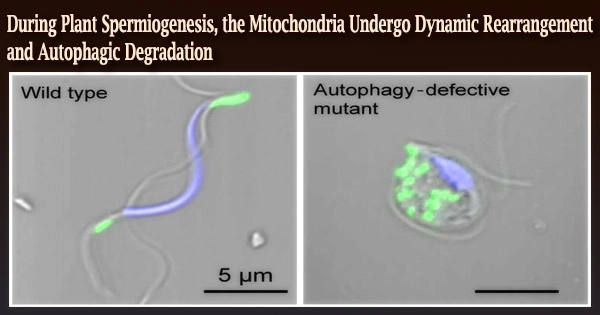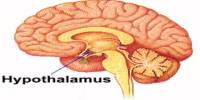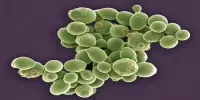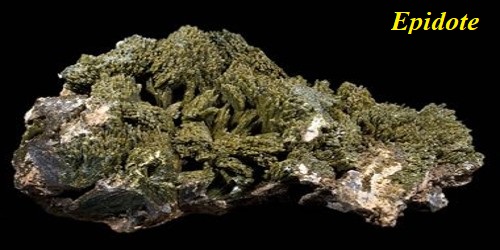The quantity of mitochondria in the spermatozoid (sperm) is regulated by autophagy during spermiogenesis in the liverwort Marchantia polymorpha, according to a team of researchers from the National Institute for Basic Biology, the University of Tokyo, and Gunma University in Japan.
Depending on the cell type and physiological circumstances, the majority of eukaryotic cells contain mitochondria in drastically varied numbers and shapes. Eukaryotic sperm cells often display a distinctive mitochondrial morphology and distribution in comparison to other cell types, in addition to displaying a remarkable degree of species diversity.
The “powerhouses” of the cell are frequently referred to as mitochondria. They assist in converting the energy we receive from meals into energy the cell can utilize. However, mitochondria are involved in more than only energy production. Adenosine triphosphate (ATP), a tiny molecule, is used to store the chemical energy generated by the mitochondria.
Small chromosomes unique to mitochondria make up each cell. Apoptosis, often known as cell death, and communicating between cells are two more activities that mitochondria perform. Those membranes provide the fundamental function of mitochondria, which is to produce energy.
Even though the word “sperm” conjures up pictures of the “swim” sperms of mammals, several plant species also employ sperms for sexual reproduction. Bryophytes, which are typically found in backyards and city parks, are one such group.
There may be tens to hundreds of mitochondria present in a single bryophyte somatic cell. In contrast, the spermatozoid cell only has two mitochondria, which are located in the head and tail of the cell body, respectively. Uncertainty still exists regarding the process by which these two mitochondria develop during spermiogenesis.
Despite being depicted as oval-shaped organelles, mitochondria are continually dividing (fission) and joining together (fusion). As a result, these organelles are actually connected via dynamic networks. Furthermore, the mitochondria in sperm cells are coiled in the midpiece and supply energy for tail motion.
This study reveals how the characteristic mitochondrial pattern in bryophyte spermatozoids arises and that autophagy is deeply involved in this process. During the process of spermiogenesis in animals, the removal of excessive cytoplasm occurs, but autophagy does not seem to play a substantial role in this process.
Professor Takashi Ueda
This study team thoroughly investigated how the number and shape of mitochondria alter during the conversion of spermatids into spermatozoids (spermiogenesis) in liverworts in a paper that was published in Cell Reports.
The study’s first author, Dr. Takuya Norizuki, described how the team discovered that in liverwort, the number of mitochondria declines as spermiogenesis moves along until only one is left.
Following this, the remaining mitochondrion splits into two mitochondria, the larger of which becomes the anterior mitochondrion and the smaller the posterior mitochondrion. Sperms with just an anterior mitochondrion were produced when this mitochondrial division was suppressed.
The research team focused particularly on autophagy as they looked into the process causing the decrease in mitochondrial number. By engulfing them in double-membraned sacs (autophagosomes) that converge with the vacuoles/lysosomes, autophagy breaks down cellular components, including the organelles.
The mitochondria were not destroyed during spermiogenesis when the autophagy-required genes’ activities were abolished, and the mutant spermatozoid still contained a significant amount of mitochondria.
The study group also discovered using electron microscopy that during spermiogenesis in the wild-type liverworts, mitochondria were specifically swallowed by autophagosomes. These findings suggested that during spermiogenesis, autophagy decreases the quantity of mitochondria.
Professor Takashi Ueda, the leader of the research team, commented that, “This study reveals how the characteristic mitochondrial pattern in bryophyte spermatozoids arises and that autophagy is deeply involved in this process. During the process of spermiogenesis in animals, the removal of excessive cytoplasm occurs, but autophagy does not seem to play a substantial role in this process.”
“Instead, a neighboring cell “takes-up” the excessive cytoplasm and organelles by phagocytosis to remove it from the developing sperm. Thus, plants and animals have employed completely different mechanisms to remove organelles during spermiogenesis.”
















